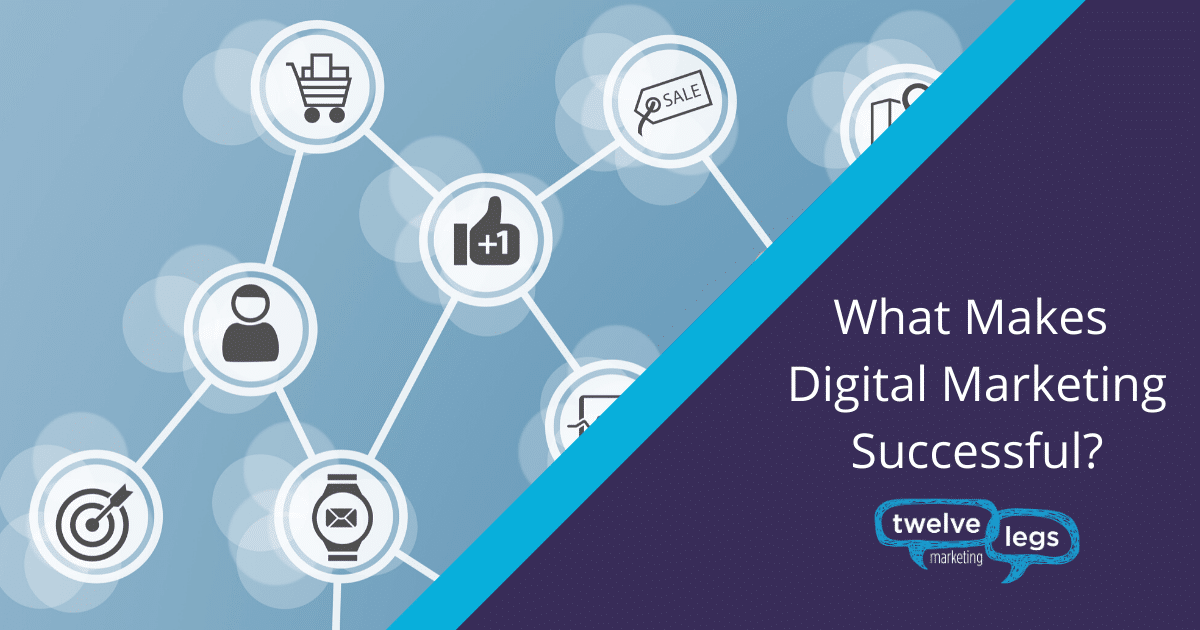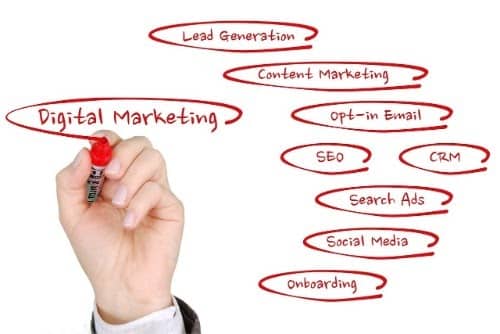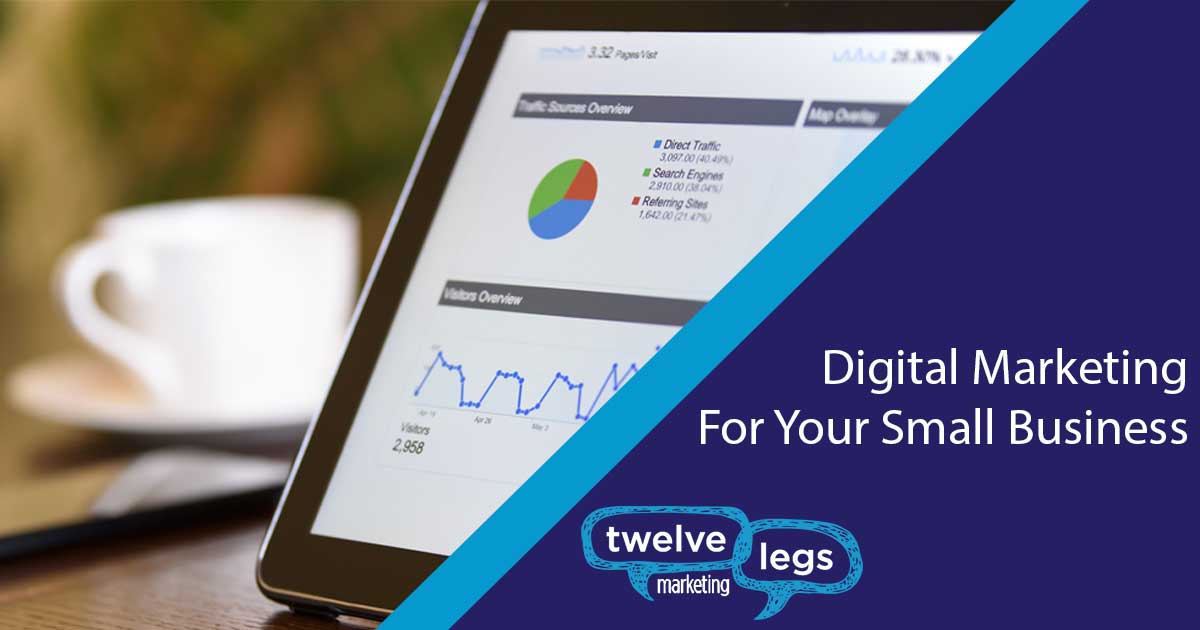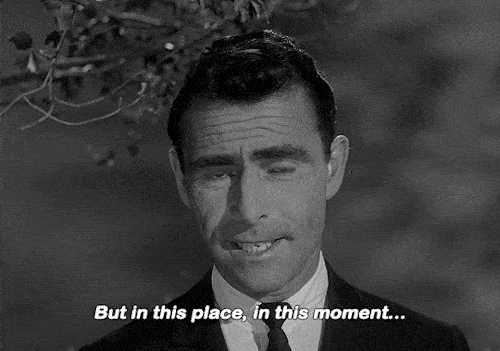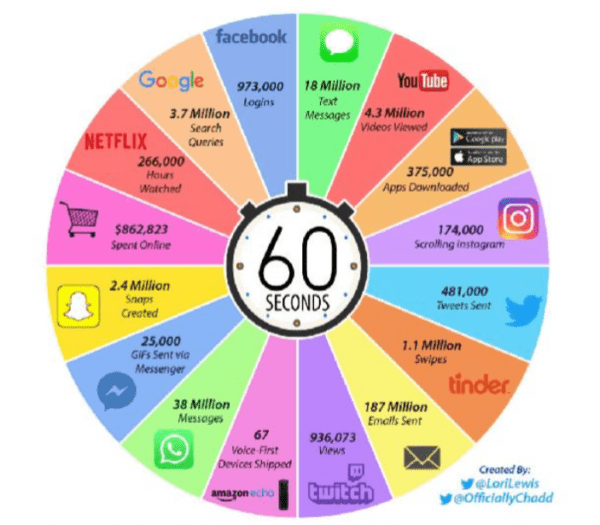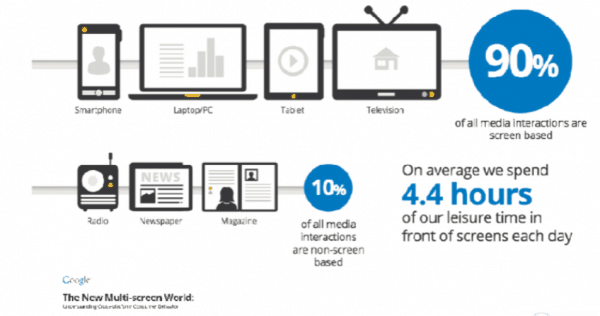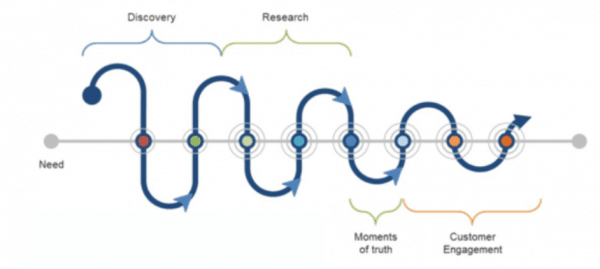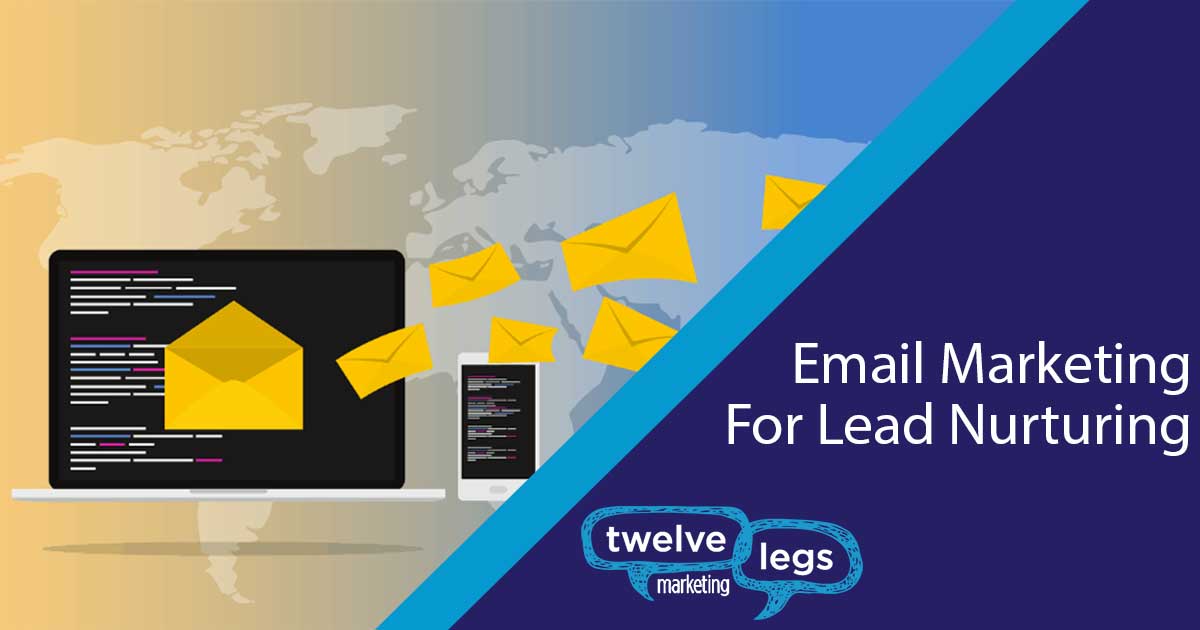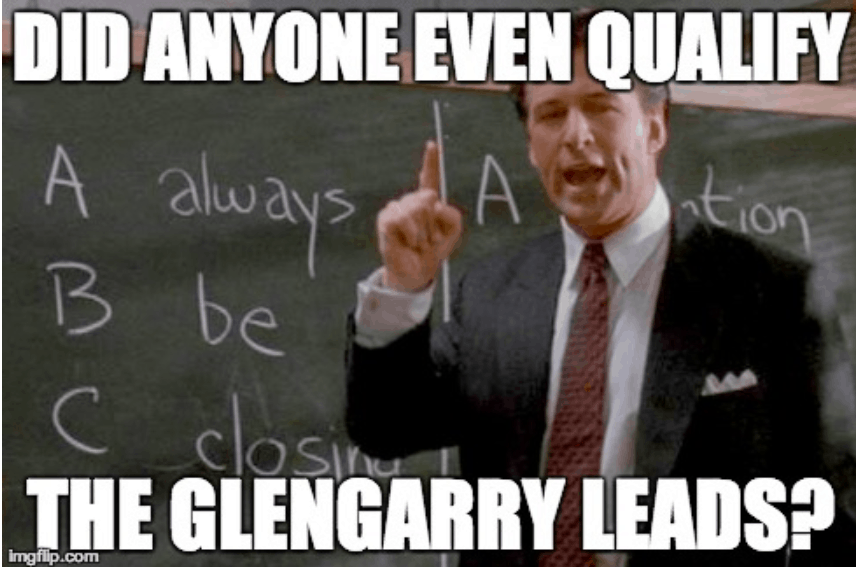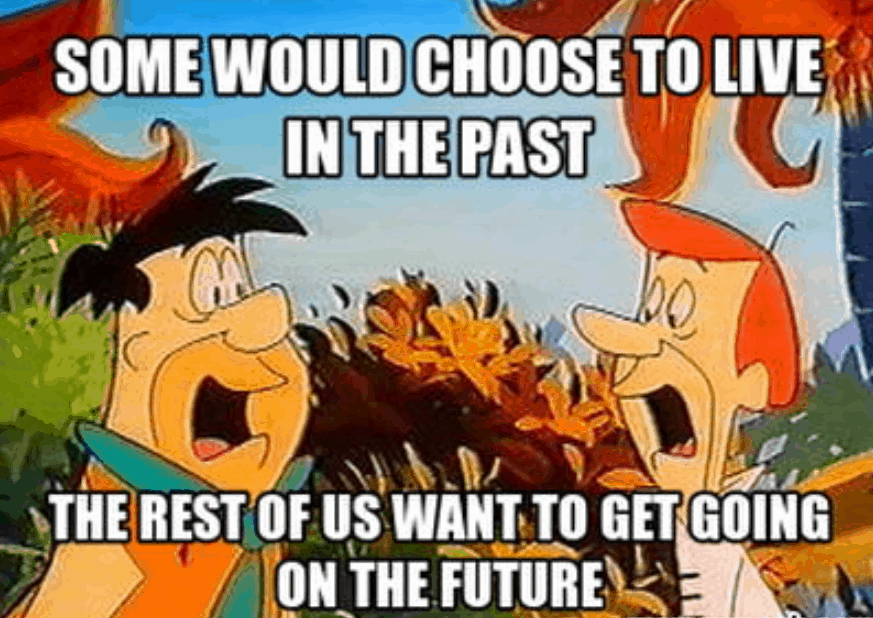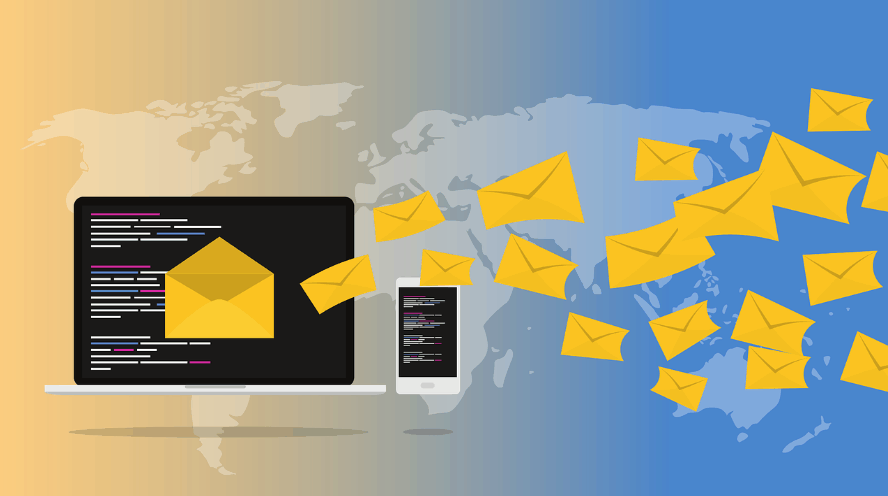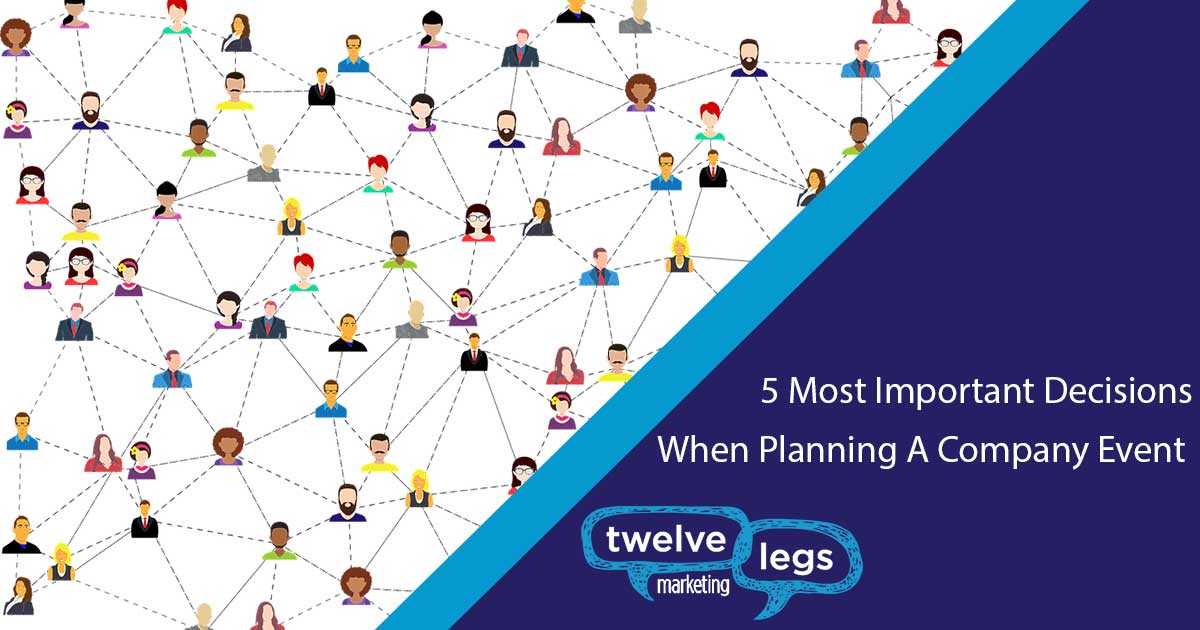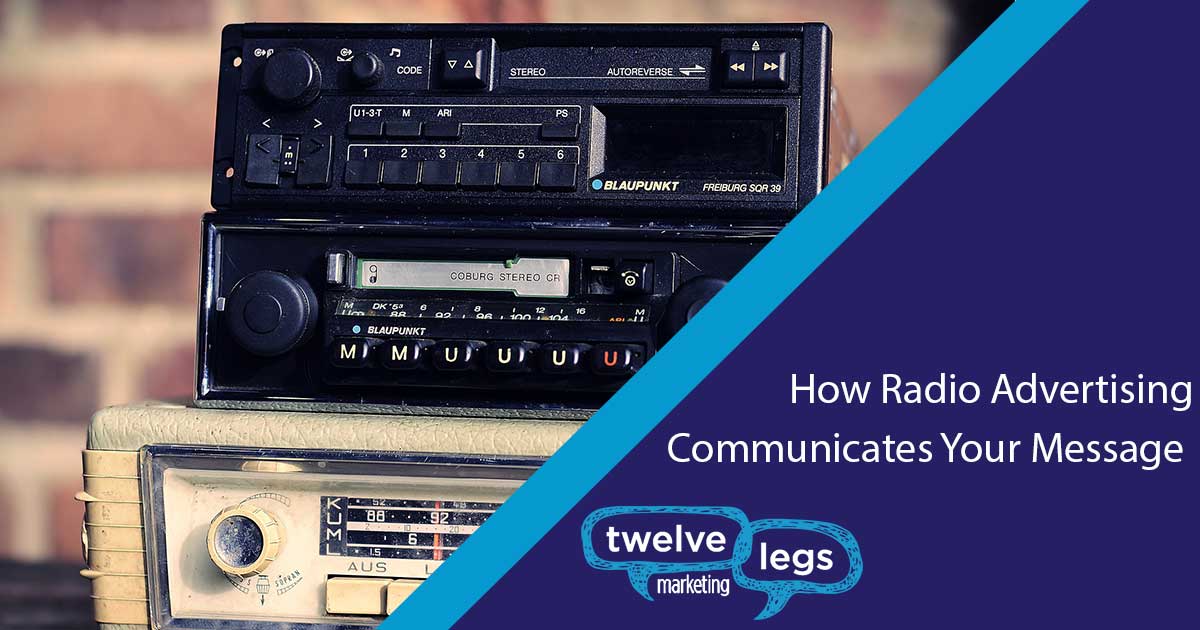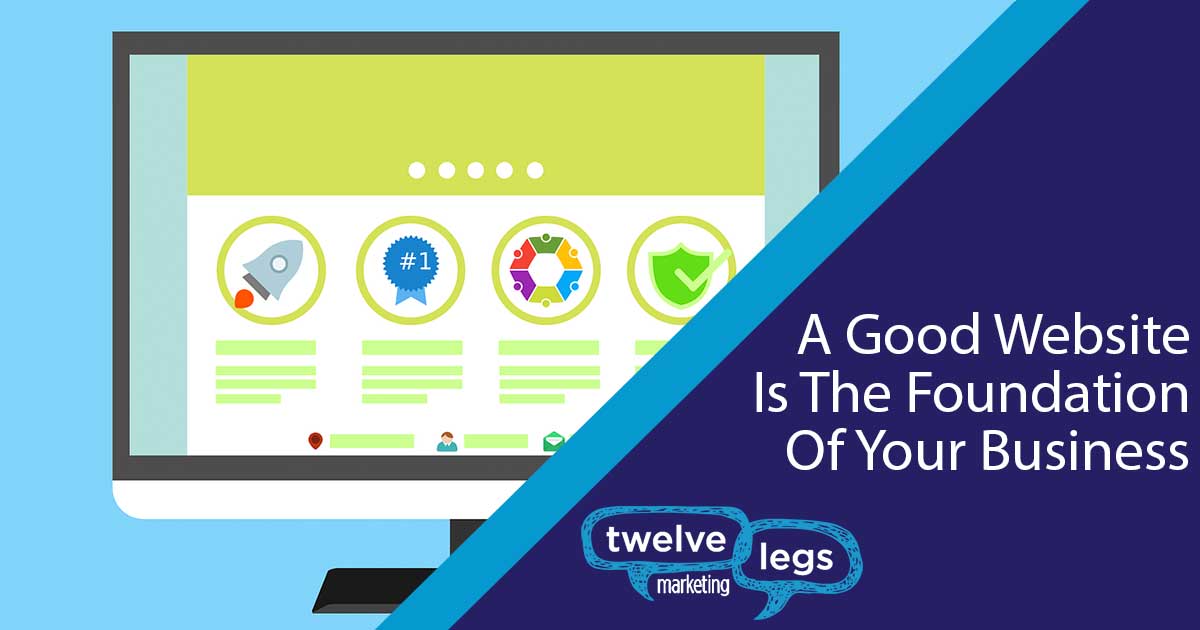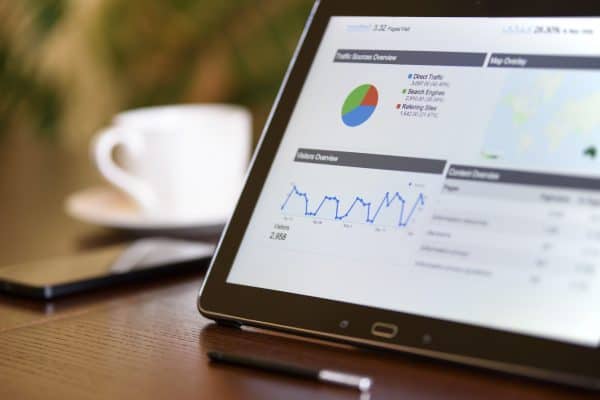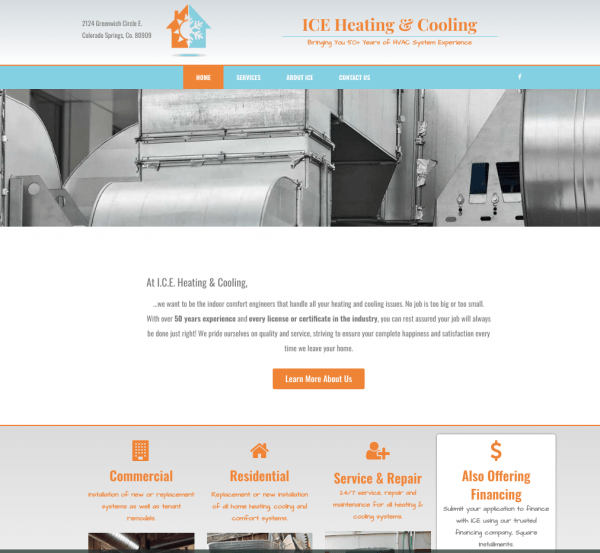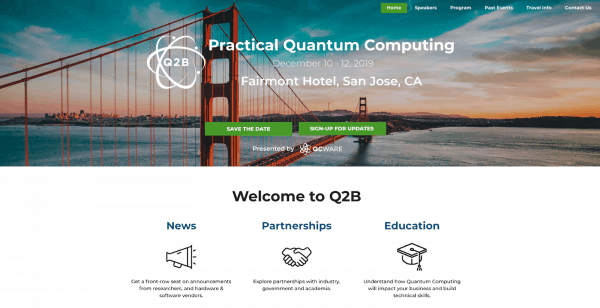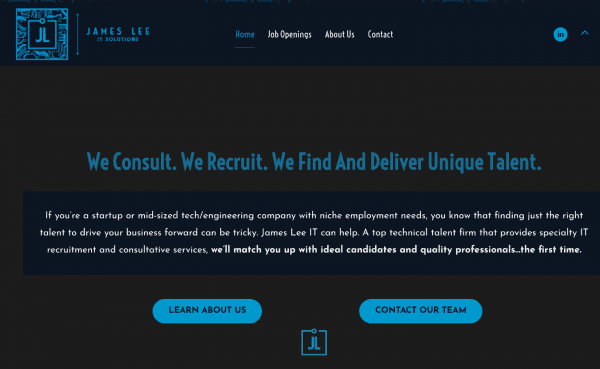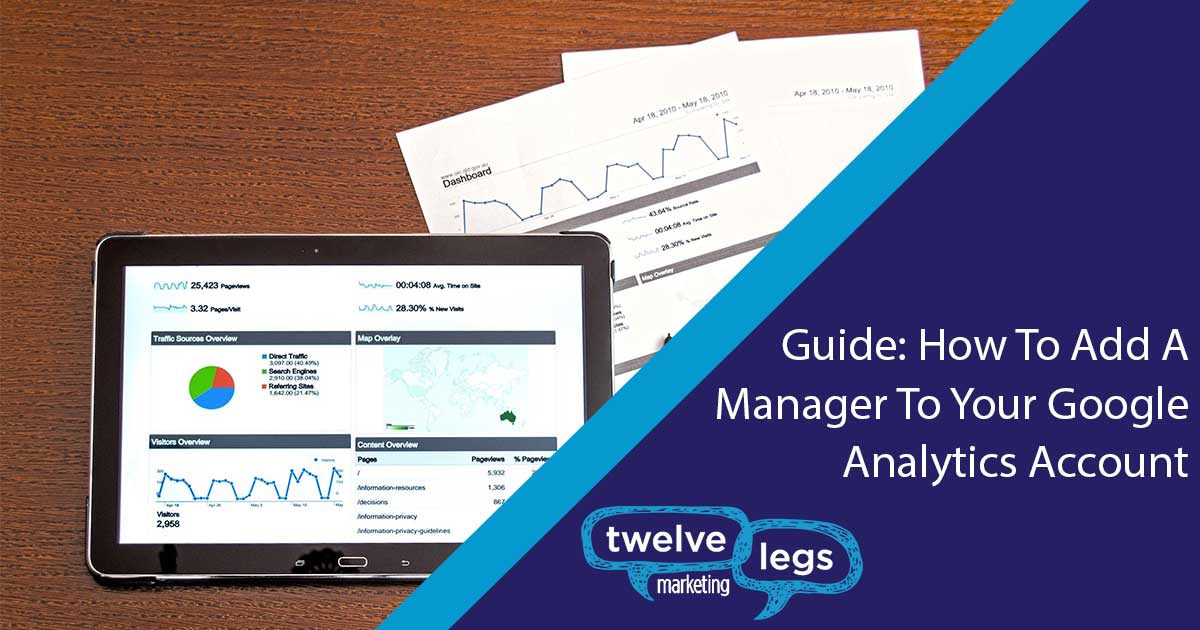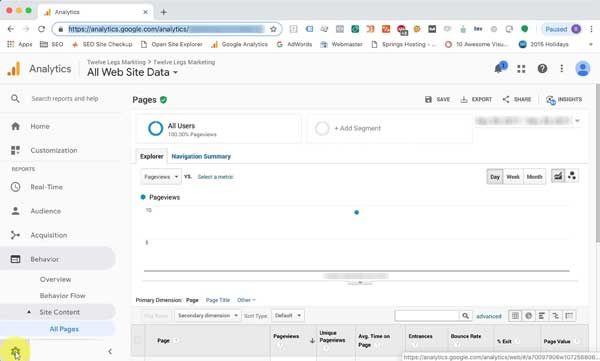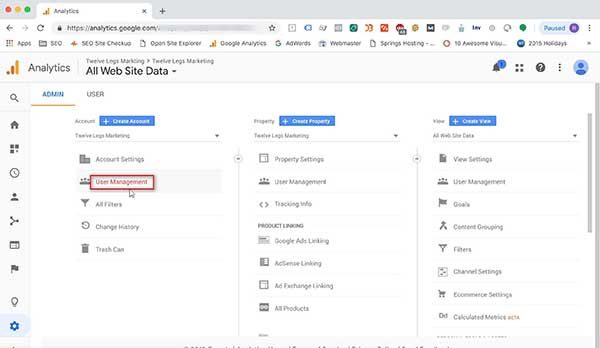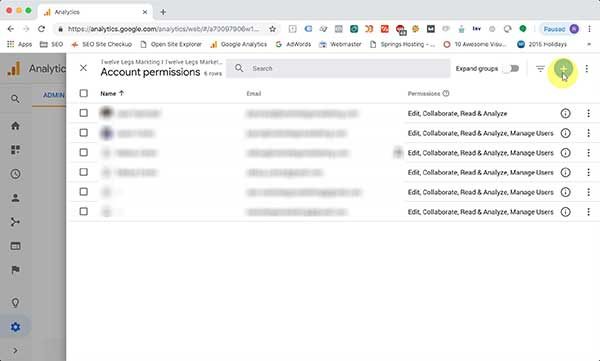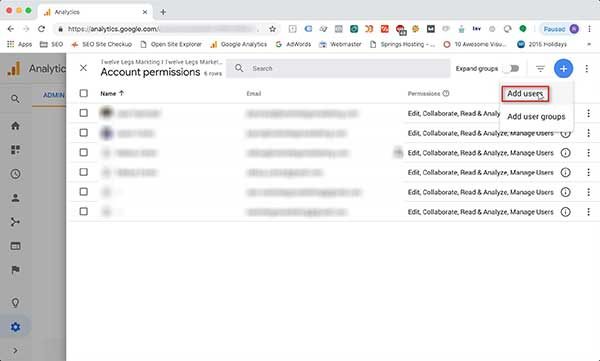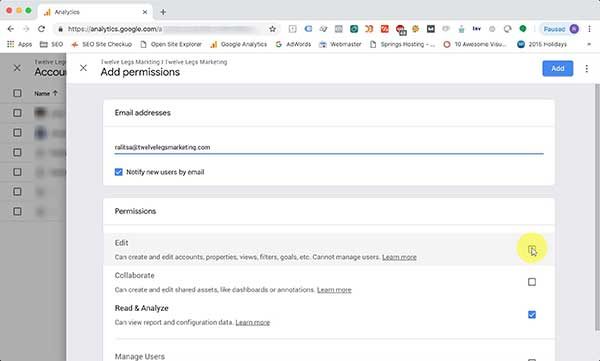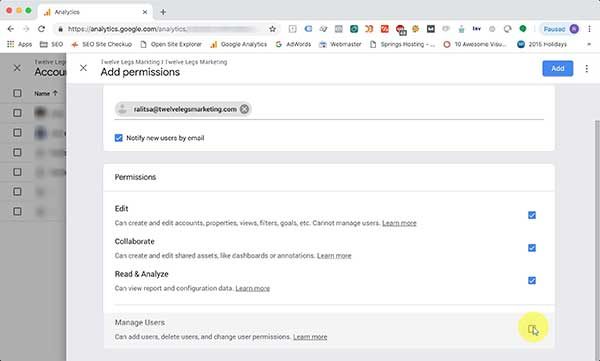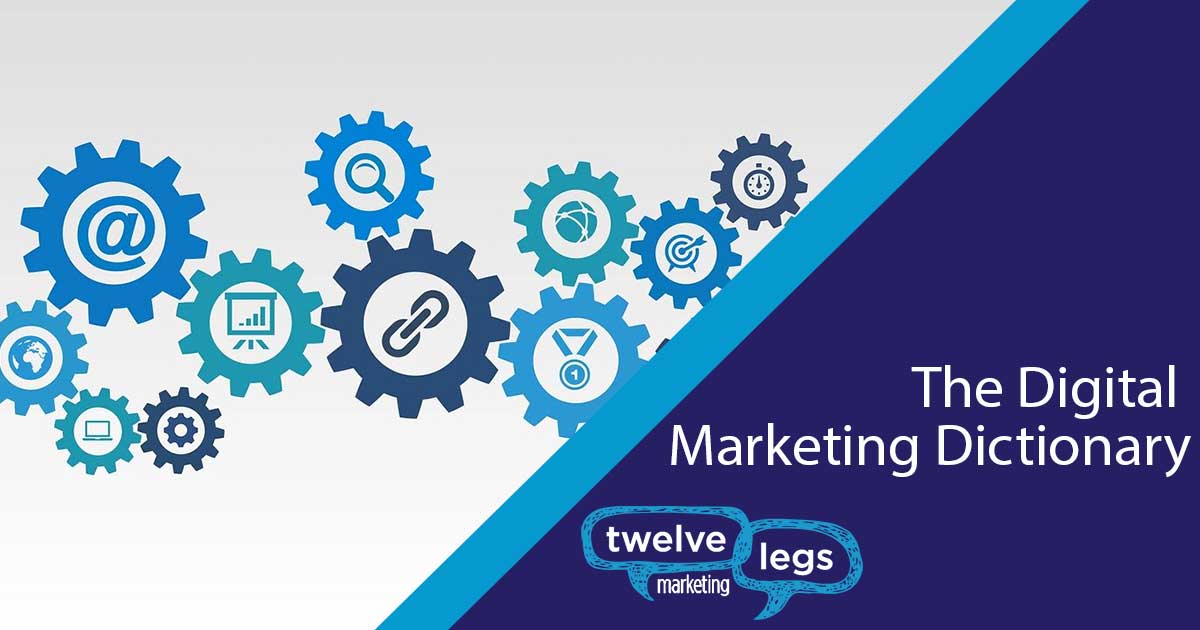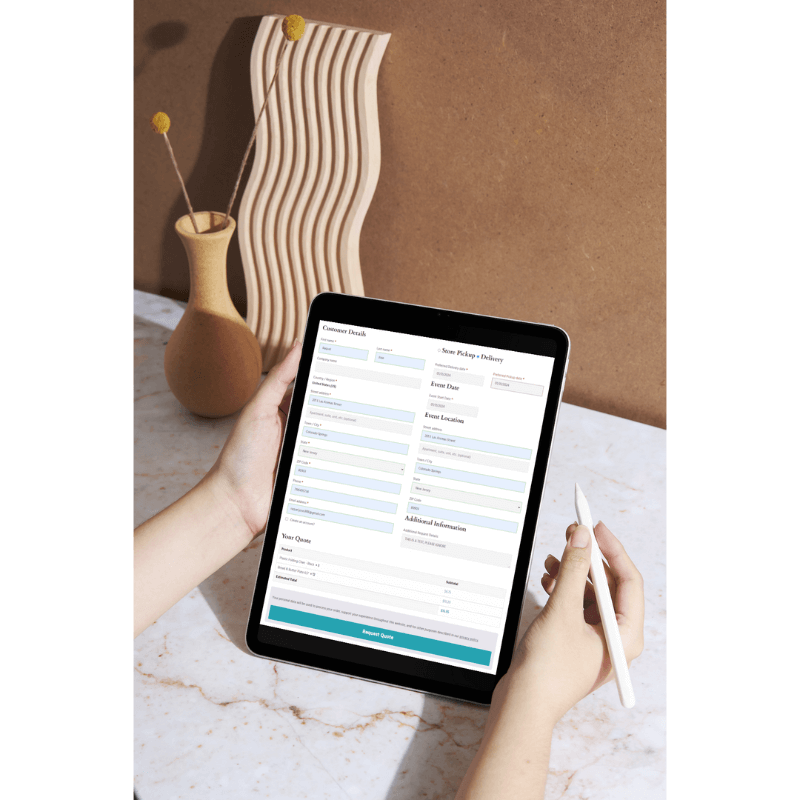10 min read
“The aim of marketing is to know and understand the customer so well the product or service fits him and sells itself.“
Peter Drucker
Ready to kick off a successful digital marketing campaign? On your mark, get set, go…
But be sure to pace yourself.
Effective digital marketing plays out like a marathon, not a sprint.
Ultimately, digital marketing is meant to support the long term goals and outcomes your business is hoping to achieve. And while it’s an increasingly challenging field, it can be incredibly stimulating and super rewarding.
Being located in Colorado Springs (aka The Olympic City), we like to compare strong digital marketing to a well-rounded, professional athlete.
Think about it: sports science has proven that elite athletes have significant advantages in mental performance when compared to more average athletes.
Reading and responding to game flow, predicting opponents, and responding rapidly under pressure are key areas where elite performers gain a critical edge in competitive play.
Professional athletes need to train their minds just like they train their bodies.
Succeeding in digital marketing is similar to getting mentally prepared to succeed in sports. Accomplishing our goals takes patience, desire, a purpose that drives your motivation, and a willingness to modify habits and thought patterns through constant practice.
Here, we’ll share a few tips to help you achieve sustainable results through an effective digital marketing campaign.
Defining your goals.
Start by defining a goal for all your digital marketing efforts.
Setting goals is paramount in activating an athlete’s motivation and determination to succeed. In turn, it leads to overcoming barriers such as fear of failure, anxiety, fatigue, etc.
To win the never-ending race of digital marketing, we need to galvanize all the people, strategies, and tactics to drive results.
Document your goals
Having a documented goal serves as an anchor that constantly reminds us where we’re headed—and gets us back on pace should we slow down or drift off course. Clear goals allow us to define and strive for milestones that help measure progress and assess success of efforts—which in turn drives the evolution of those efforts.
Make sure your goals are SMART—a best practice in any circumstance, but even more so when it comes to digital marketing.
Specific | Measurable | Achievable | Relevant | Time-Driven
When setting your goals, start with realistic and measurable objectives like the number of people you want to:
- Attract- those who see and click your ads
- Engage- those who click around on your site, fill out a landing page form, etc.
- Convert- those who eventually make a the commitment to become you customer
Develop your digital marketing strategy.
With goals and objectives defined, it’s time to develop your digital marketing strategy.
If you frequent the gym, you’ve probably noticed two types of people:
- Those wandering around, bouncing from one machine to the next seemingly without any rhythm to their workout or fitness plan in place
- Those following a very strict routine who look extremely organized, efficient, and driven
It all comes down to strategy. If you don’t know what you’re doing, what you hope to accomplish, or why you’re even at the gym in the first place, you’re not going to maximize your workout.
But if you’re focused and goal-driven, you’ve probably synched your goals to a well-defined strategy. Treadmill-weights-ropes-pool-sauna. Get your steps in, build some mass, crush some cardio, and sweat out the last 200 calories to close out your routine. Now that’s a strategy.
Although for many, having a fitness goal of “losing 10lbs so I can be more healthy,” may not be enough. The same can be said for digital marketing—where building a strategy around the goal of “making more sales because I want to make more money” is bound to fail.
Set a specific, attainable goal, and give it context by considering every possible influencing factor, both seen and unforeseen. This will allow you to assess the entire situation and everything that can impact your goal. The basics of a digital marketing strategy most often include:
- Setting a specific goal
- Defining your audience
- Crafting key messaging points
- Determining efficient and effective ways to deliver your message to your audience
Documenting a strategy that’s based on your business goals over a period of time is what creates your digital marketing plan and sets the objectives for the efforts to follow.
Planning your efforts.
Be vigilant in planning your efforts.
As Antoine de Saint-Exupéry once famously said,
“A goal without a plan is only a dream.”
Dreams are great, but to make digital marketing successful, it must be rooted in reality. And just like a game plan is a mandatory blueprint for success to outlast your competition on the playing field, meticulously planning your digital marketing strategy is the only way to win.
So when your goal is set and backed by a solid strategy, it’s time to develop a detailed plan that adds the specific actions needed to get from point A to point B. Your plan should include all the tactical initiatives to achieve specific marketing goals.
A few things to keep in mind when developing your plan:
- The best digital channels and ad types to reach your audience
- Ways to segment, target, and personalize your ads by persona
- How you will coordinate your ads across channels and devices
- Consistently optimizing and measuring the effectiveness of your ads
Whether your digital campaign goal and strategy is set for the short or long term, it will require time, attention, careful planning, and precise execution.
Have the courage to stick to your plan.
Digital marketing success doesn’t happen overnight. Commitment, resources, and patience are required if you want to grow and evolve. In fact, the average campaign should run for at least 90 days before you can even begin to get a feel for its true effectiveness.
Sure, you may need to make some adjustments at halftime based on your opponent and other unforeseen circumstances—all the great teams do—but remember that your original plan was specifically created to align with your overall marketing strategy.
With digital marketing, you should be nimble and proactive, but not over-reactionary.
In the end it all comes back to a strong initial strategy and firm understanding of the digital landscape:
- Who are your prospects
- Where are your customers?
- What’s motivating them?
Never stop listening
It’s important to note here that as we preach sticking to the plan, you should never stop listening, observing, and researching throughout the process. The grounds of digital marketing are not always stable (they’ve been known to shift daily), and subtle changes in the environment will compel specific actions and adaptations to ensure optimal performance.
Thoughtfully allocate your resources.
For many organizations, resources can be hard to come by. Time, money, people, skill sets, and so on, can be scarce commodities for a lot of companies. With this realization, putting people in the best position to excel is the winning formula. From there, you just have to be realistic and open about what is and isn’t possible.
Some of the main aspects of a digital marketing campaign that require precious resources include:
- Strategy and planning. Up until now, this article’s focus has been about the importance of developing a strategy and properly planning your digital campaign. So it should come as no surprise that dedicating the right resources to this phase is pivotal. Expect at least a week or two to put a strategy and plan in place, and that’s for those who already have some digital marketing know-how.
- Budget. Your goal, your strategy, and your plan is going to inform your budget. As you’re allocating resources, the amount of money you’re willing to dedicate toward digital is obviously an important decision. Spend too little and you may not hit your target audience. Spend too much and the returns may not be worth the investment.
- Research. Depending on the campaign needs and complexity, along with the depth of knowledge and understanding required, research can take anywhere from a few hours to several weeks. For some campaigns, a simple Google search may suffice while others might require the use of multiple data centers and insight platforms. From time to tools, research is an investment that requires significant resources in digital marketing.
- Creative assets. In a recent event marketing campaign we ran, we worked with more than 270 creative assets! That may seem hard to believe, but here’s how we got there: for each message that needs to run on multiple platforms you should account for approximately 10 creative executions. Then add more variations, sizes, specs, and designs for retargeting to reach customers further down the funnel. If you’re distributing across multiple channels, you’ve got about 10 more specific creative executions. Factor in the length of the campaign and for longer runs you’ll need to freshen up and switch out all the creative so the audience doesn’t become desensitized to what you’re showing them. And we haven’t even touched on messaging and copy for the ads. Moral of the story: the creative part of any digital campaign takes an enormous amount of time and human resources.
- Consistency. This may seem obvious, but regular oversight is a resource not to be overlooked when executing a digital marketing campaign. Also, consistency from the standpoint of avoiding starting and stopping your campaign. Digital marketing isn’t something to “set and forget” just as it isn’t a one-time thing. We already mentioned 90 days being the magic number to gauge success, and like any kind of marketing, it’s key to keep a constant drumbeat, stay in front of people, and nurture your audience. Every time you stop a campaign (even if you restart it later), you’re losing a foothold, wasting resources by having the restart from scratch.
Keep your finger on the pulse.
One of the many joys of digital marketing is that it’s pretty easy to determine how effective your strategies are in real time, and more importantly, where your budget is being maximized or wasted.
With routine monitoring of analytics software like Google Analytics, you gain the ability to fully track and understand whether your campaign is delivering on your strategy and hitting your KPIs. A willingness to regularly check the results of your campaign and objectively look at the data will be key to fueling your success.
Staying on top of your digital marketing efforts allows you to instantly pull reports, benchmark data, validate results, and even improve on-the-fly by making necessary adjustments to campaigns in progress.
Always look at the big picture.
We’re all guilty of overthinking, overstressing, and getting too caught up in the details.
Athletes do it all the time, to recall our original sports analogy.
But the difference between a winning approach and one that always seems to finish second is the ability to take a step back and see the big picture. To understand that you’re part of something bigger than a single race, or in our case, a single campaign.
Your end goal should always be more about driving your business forward, than getting too bogged down in all interactions and clicks you get (or don’t get). Always keep your eye on the prize and remember that good things come to those who wait.
Teamwork makes the dream work.
As an agency who helps many types of businesses with their digital marketing efforts, one of our biggest struggles is when clients wash their hands of the responsibility of their own marketing efforts.
It takes true partnership
The most successful campaigns we run are a true partnership in which both sides are committed to the end goal and ready to brainstorm, test, share insights, and analyze together…forming a true partnership.
This is not to say that we expect our partners to understand digital marketing to the granular levels that we work in, but more so be engaged and provide feedback, ask questions, and align expectations with the resources provided.
We invite you to check out some of our digital work, and contact us for a free digital marketing consultation when you’re ready to conquer the marathon and give your business leg
